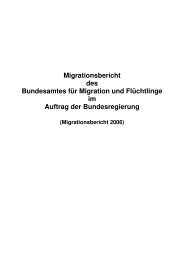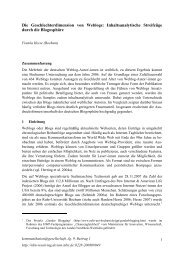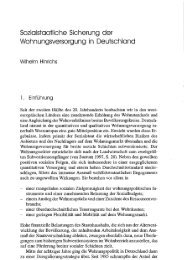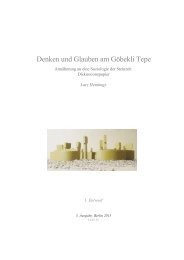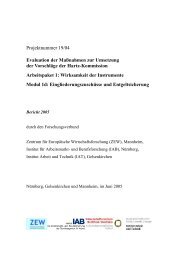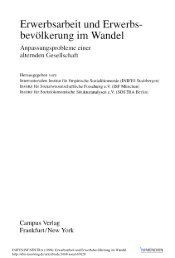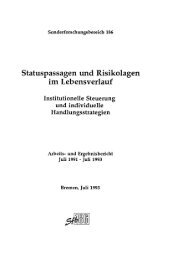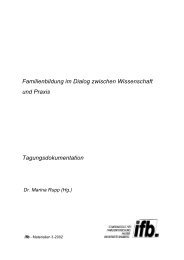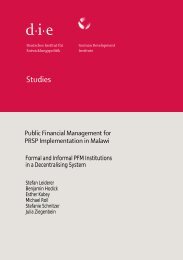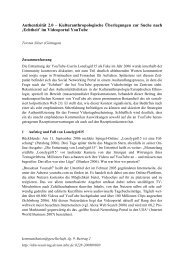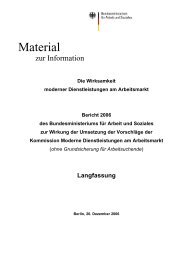Sharing Knowledge: Scientific Communication - SSOAR
Sharing Knowledge: Scientific Communication - SSOAR
Sharing Knowledge: Scientific Communication - SSOAR
Sie wollen auch ein ePaper? Erhöhen Sie die Reichweite Ihrer Titel.
YUMPU macht aus Druck-PDFs automatisch weboptimierte ePaper, die Google liebt.
Reflections on the Value Chain of <strong>Scientific</strong> Information 185<br />
suffices to conclude that the use of the four functions provides a consistent analysis<br />
of formal and informal scientific communication.<br />
3 Value chain<br />
3.1 General remarks<br />
The value chain is defined as the chain of links of values added by each stakeholder<br />
in the entire process of scientific information. The value chain defines the<br />
mutual roles of these stakeholders and their responsibilities. The original idea of<br />
the value chain as presented by Porter is based on the process view of organisations,<br />
the idea of seeing a manufacturing or service organisation as a system<br />
made up of subsystems each with inputs, transformation processes and output.<br />
Inputs, transformation processes and outputs involve the acquisition and consumption<br />
of resources 10 .<br />
The links of added value in the value chain can always be mapped on the four<br />
main functions of scientific communication: the registration, awareness, certification<br />
and archive functions.<br />
The value chain then starts with the creation of the work by the author who in<br />
the traditional value chain (see figure 1) submits this work to a journal or other<br />
publication outlet at a publisher, for registration. If this is a “for profit” or “not<br />
for profit” publisher is irrelevant, it is the publishing function that is being addressed.<br />
The publisher sends the paper out for review, for certification. Possibly<br />
after some rounds of revisions, the publication is accepted for publication resulting<br />
in the registration of the work. The publication will then be distributed, often<br />
with the subscription agent as an intermediary between the publisher and the<br />
university. The publication then lands at the academic institution, in the<br />
institution’s library to be archived and finally on the desk of the reader who will<br />
become aware of the publication.<br />
The above value chain is the familiar traditional value chain for research information.<br />
However, looking at educational information we do see a very similar<br />
chain. Again, the information is being created by the author, be it the teacher<br />
or the student, and submitted for registration. The information is being certified,<br />
either by the teacher in case of student material, by a publisher in case of course<br />
material, or by an accreditation board in case of an entire course. The material<br />
will be distributed either internally within the institution, or it may be shared<br />
with other institutions, directly or indirectly via a publisher. In the end it will<br />
land with the reader, be this a teacher or student.<br />
10 Michael E. Porter, “Competitive Strategy”, The Free Press, New York, 1980.




